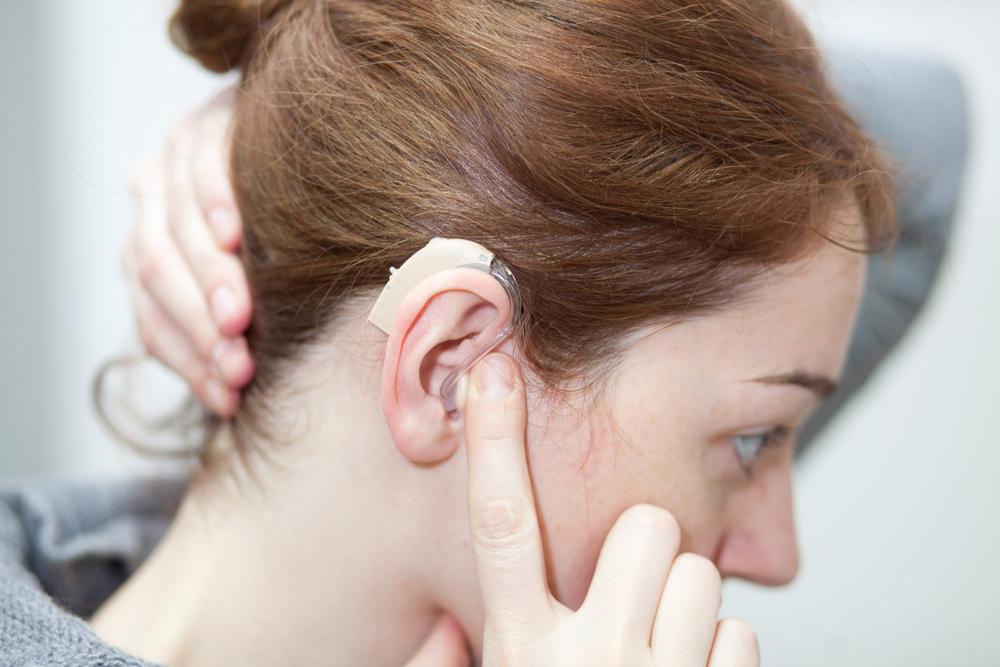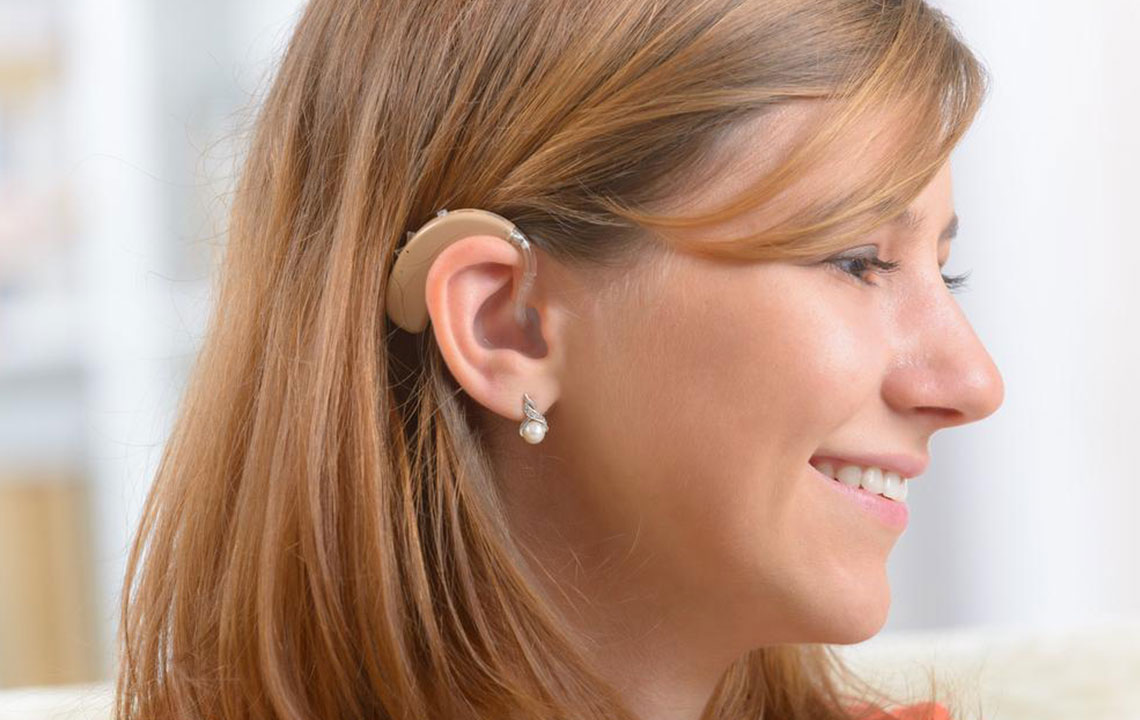Guide to Different Hearing Aids and How to Choose the Best Fit
Learn about different types of hearing aids and essential tips for selecting the best device to suit your needs. This guide covers placement options, features, and advice on choosing a professional provider to improve your hearing experience effectively.

Guide to Different Hearing Aids and How to Choose the Best Fit
Sensorineural hearing loss is the most frequently encountered type, mainly caused by damage to tiny hair cells in the inner ear. These cells convert sound waves into electrical signals for the brain to interpret. Common causes include aging, prolonged loud noise exposure, illnesses, family history, and certain medications. While irreversible, hearing aids effectively manage the condition. Digital models, like Costco hearing aids, can be customized to match specific hearing loss patterns while filtering background noise.
Types of Hearing Devices
Digital hearing aids come in five main types, classified based on their placement — on the ear or inside the ear canal.
Mini Behind-the-Ear: The receiver fits inside the ear canal, offering comfort and discreetness. However, wax accumulation can reduce its lifespan.
Behind-the-Ear (BTE): Worn behind the ear with sound delivered via tubing to the receiver. Features include adjustable amplification and ease of use. It’s more visible and susceptible to wax buildup.
In-the-Canal and In-the-Ear Options
Completely In-the-Canal (CIC): Fits deep inside the ear canal, making it less noticeable and resistant to wind noise. Its small size can cause a plugged sensation, with shorter battery life and wax issues.
In-the-Canal (ITC): Less visible, with similar benefits and drawbacks, including wax buildup and shorter battery life.
In-the-Ear (ITE): Components sit in the ear's bowl, offering more features but more visible appearance.
Features like multi-program settings, automatic noise management, and wax guards—found in Costco hearing aids—enhance user experience. When choosing a hearing aid, consider these tips:
Seek experienced professionals: Skilled audiologists can help identify the best device suited to your needs and budget.
Review insurance options: Although many plans don’t fully cover hearing aids, some, like Medicare Advantage, offer partial coverage for accessories and maintenance.
Get a written agreement: Ensure terms regarding returns, trial periods, warranties, and costs are documented.
Choose features wisely: Select only the features you will use, such as Bluetooth, which may be unnecessary otherwise.
Compare prices: Ask for detailed cost breakdowns and consult your provider about benefits and differences among models. Costco often offers screenings and special pricing at select locations, often with an on-site audiologist.
Picking the right hearing aid may seem challenging, but models like Costco hearing aids can significantly improve daily living when chosen thoughtfully.










